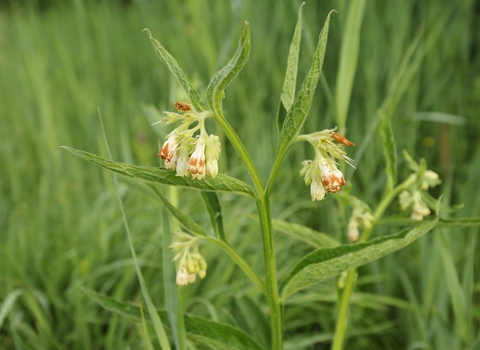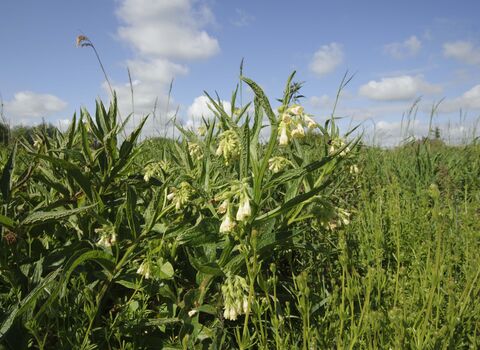
©Terry Whittaker/2020VISION

©Terry Whittaker/2020VISION
Common comfrey
The drooping, tubular, pink flowers of Common comfrey are a familiar sight to many gardeners. Sometimes considered a 'weed', this hairy plant can be used as an organic fertiliser and a form of slug control.
